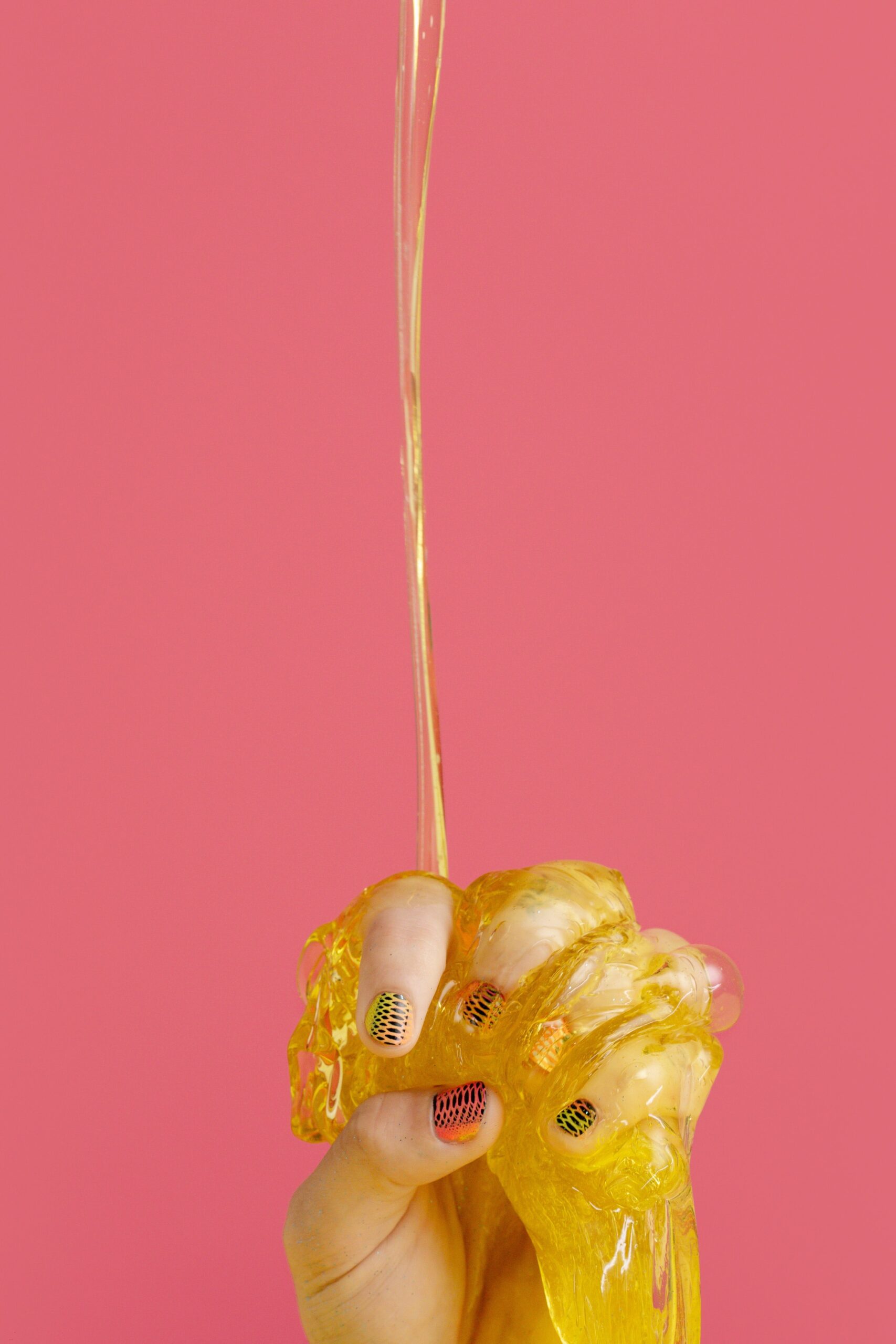Slime and putty are popular viscous and squeeze toys. While playing, children have intensive dermal contact with these materials. In addition, oral exposure via hand-mouth contact can be expected. Recently, several consumer organizations raised concerns about presence of boron in toy-slime, a chemical element that has a role in reproductive toxicity.
Borax is added to toy slime to achieve the stretchy, elastic consistency. Between 2018 and 2020 over one hundred notifications of toy slime with excessive boron migration were published in Europe causing several agencies to collect and test various toy items for boron migration. One Dutch study from 2020 revealed that 22% of collected toy slime samples exceeded the allowable limit of boron migration.
When children, after playing with toys with high migration of boron, touch the mouth or food without first washing their hands thoroughly, they are at risk of ingesting the chemical. Ingestion of boron in high quantity may induce nausea and vomiting and, in the long term, has an adverse effect on fertility. Thankfully, for most children playing with slime the probability of ingesting this much boron is very low.
While the majority of consumers and scientific agencies are relatively unconcerned by the possibility of boron ingestion from the toys, it may still be a good idea to supervise children when they play with slime and consider the potential adverse effects of boron and other preservatives when evaluating dermatitis in children who played with toy slime.
Click here for our article on toy companies with a strong commitment to non-toxic, eco-friendly toys
Sources
EFSA (2004). Opinion of the scientific panel on dietetic products, nutrition and allergies on a request from the commission related to the tolerable upper intake level of boron (Sodium Borate and Boric Acid), (Request No EFSA-Q-2003-018). The EFSA Journal. 80: 1-22.


